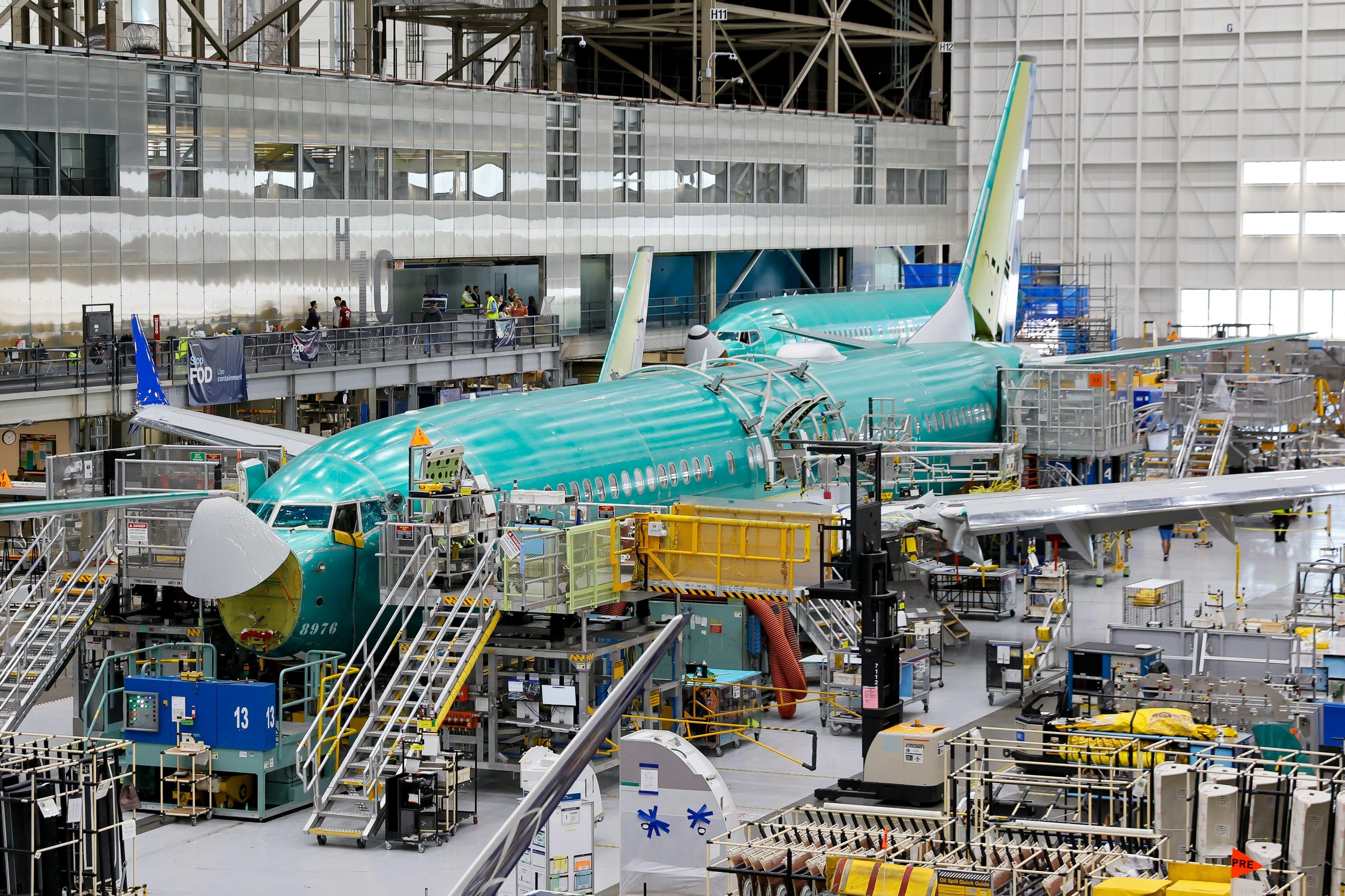
AeroGenie — あなたのインテリジェントな副操縦士。
現在のトレンド
Categories
Vallair Introduces New Governance Structure to Enhance Efficiency and Growth
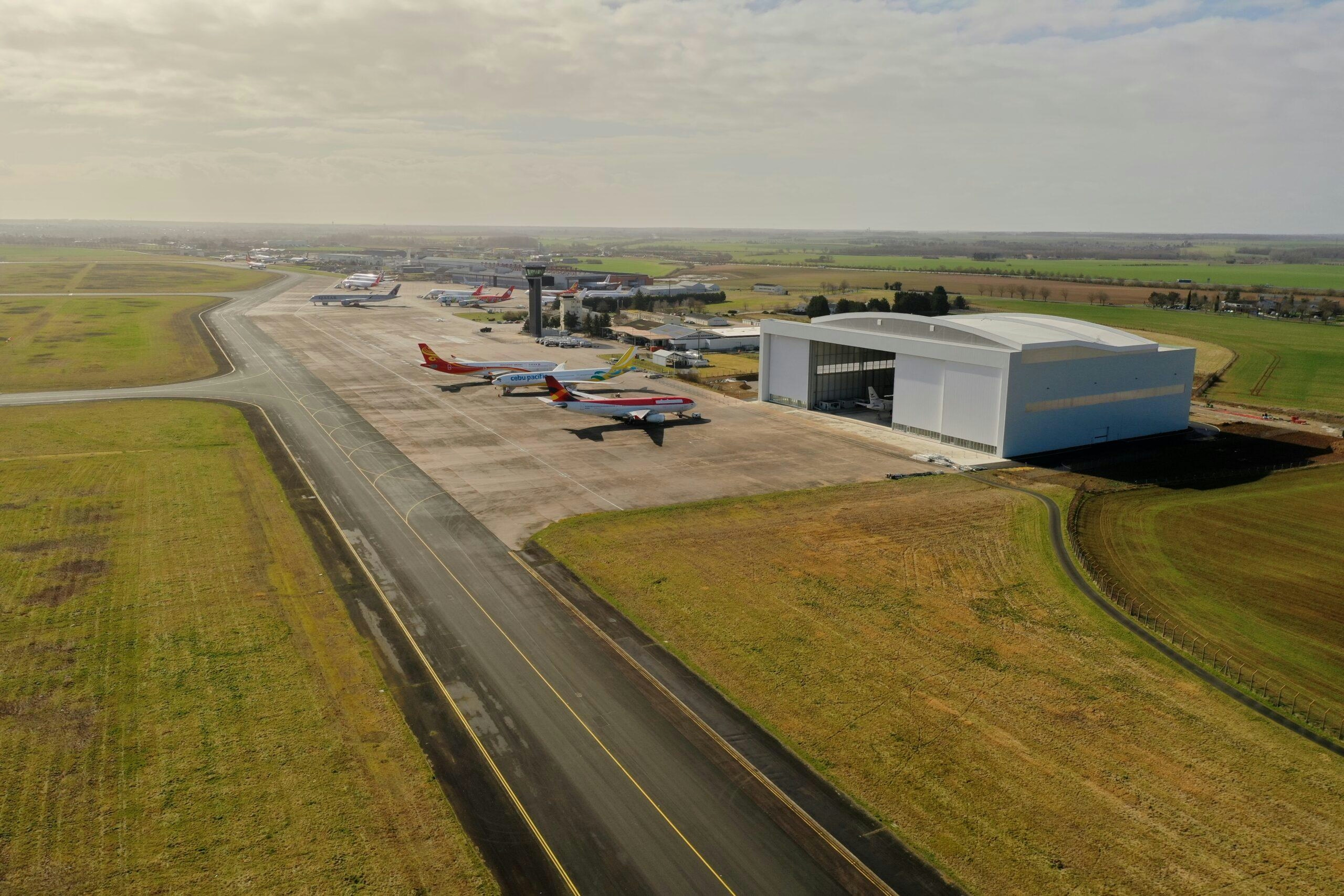
Vallair Introduces New Governance Structure to Enhance Efficiency and Growth
Vallair has announced a comprehensive overhaul of its governance structure across its maintenance centres, a strategic move intended to improve management efficiency and support the company’s long-term growth objectives. This restructuring aligns with shifting market dynamics and evolving customer demands, enabling Vallair to better address industry transformations such as the increasing prevalence of composite-intensive aircraft, emerging technologies, and changing airline requirements.
Leadership Realignment Across Key Centres
In the new governance framework, Grégoire Lebigot resumes his role as CEO of Vallair Industries and will also oversee the Châteauroux MRO centre. He will work in close partnership with François Fermaut, who has been appointed Director of Operations. Fermaut, formerly responsible for the aerostructure centre, now manages both the engine business unit and the CHR2 airframe maintenance centre, consolidating operational oversight in these critical areas.
At the Montpellier MRO centre, Gilles Fossecave has been named CEO, supported by Jean-François Deorocki as Director of Operations. This site-specific leadership model is designed to enhance operational proximity and ensure that each facility benefits from management with deep sector expertise and hands-on experience.
Strengthening Financial and Strategic Foundations
At the group level, Vallair has created the position of Chief Financial Officer, appointing Maxime Gorsse—currently Treasurer and CEO of Vallair Asset Solutions—to this role. The CFO position consolidates responsibilities for accounting, finance, and investor relations, reflecting the company’s expanding scale and ambition. This move aims to reinforce Vallair’s financial and strategic infrastructure as it navigates a complex and competitive market environment.
Market and Industry Implications
While Vallair’s leadership anticipates that these organisational changes will enhance operational efficiency and better prepare the company for future challenges, the restructuring occurs amid a competitive landscape where market responses may vary. Some investors may regard the new governance model as a proactive measure to secure sustainable growth, whereas others might express concerns about potential short-term disruptions during the transition. Stakeholders could also demonstrate skepticism or resistance as the company implements the new structure.
Competitors such as Alfa Laval AG, 3M Company, and CECO Environmental Corp. are expected to observe Vallair’s restructuring closely. These industry peers may seize the opportunity to reassess their own strategic approaches, potentially accelerating innovation and operational improvements to maintain or strengthen their market positions.
Vallair’s organisational adjustments highlight its forward-looking strategy, positioning the group to anticipate and respond effectively to ongoing industry trends. By initiating these changes early, Vallair aims to confidently face the challenges and opportunities that lie ahead.
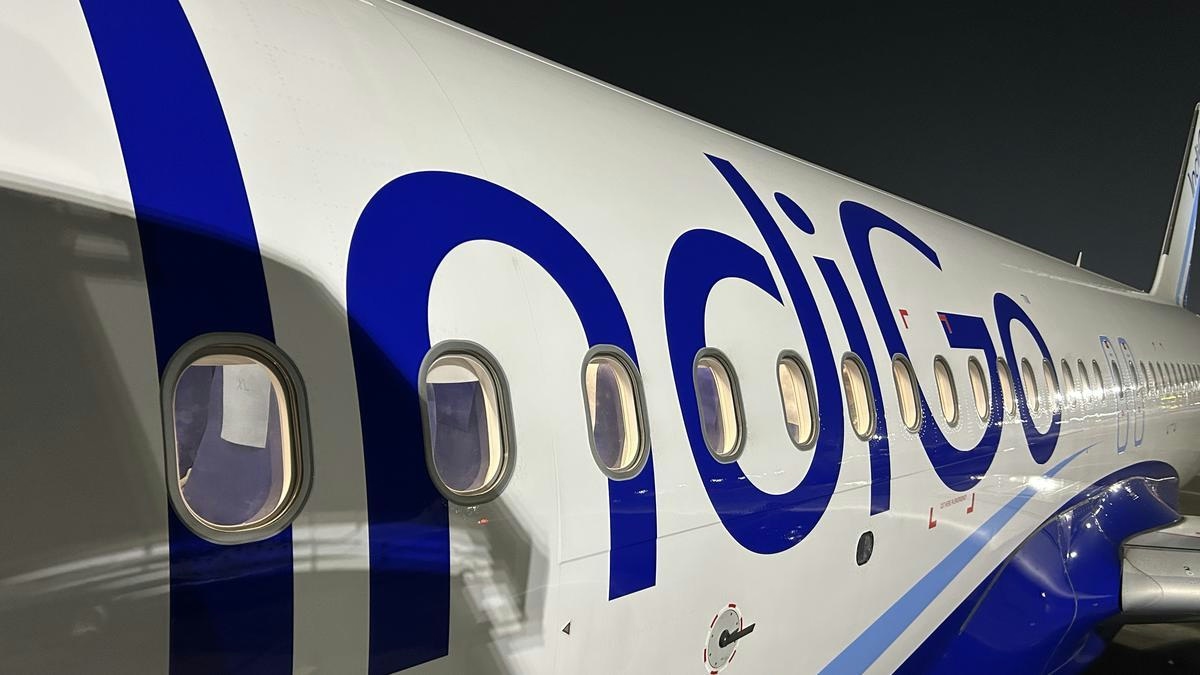
IndiGo to Deploy Wide-Body Aircraft on Vijayawada-Hyderabad Route, Says MP
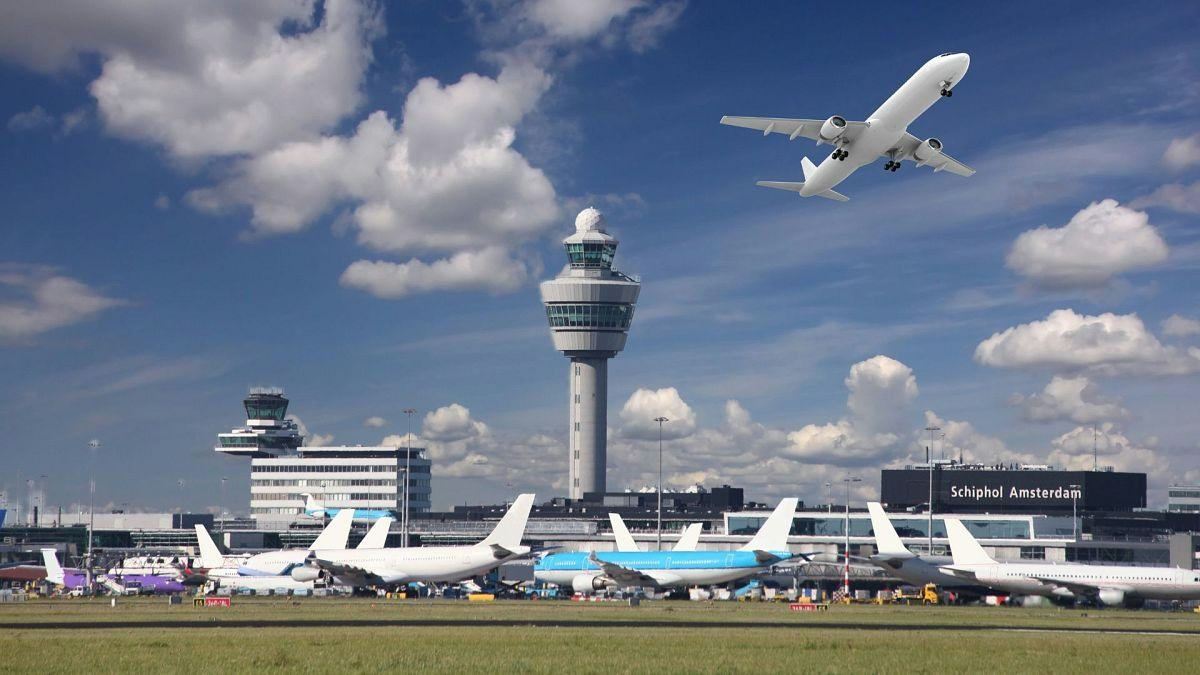
Europe Unveils New Aviation Strategy to Promote Cleaner, Faster Flights
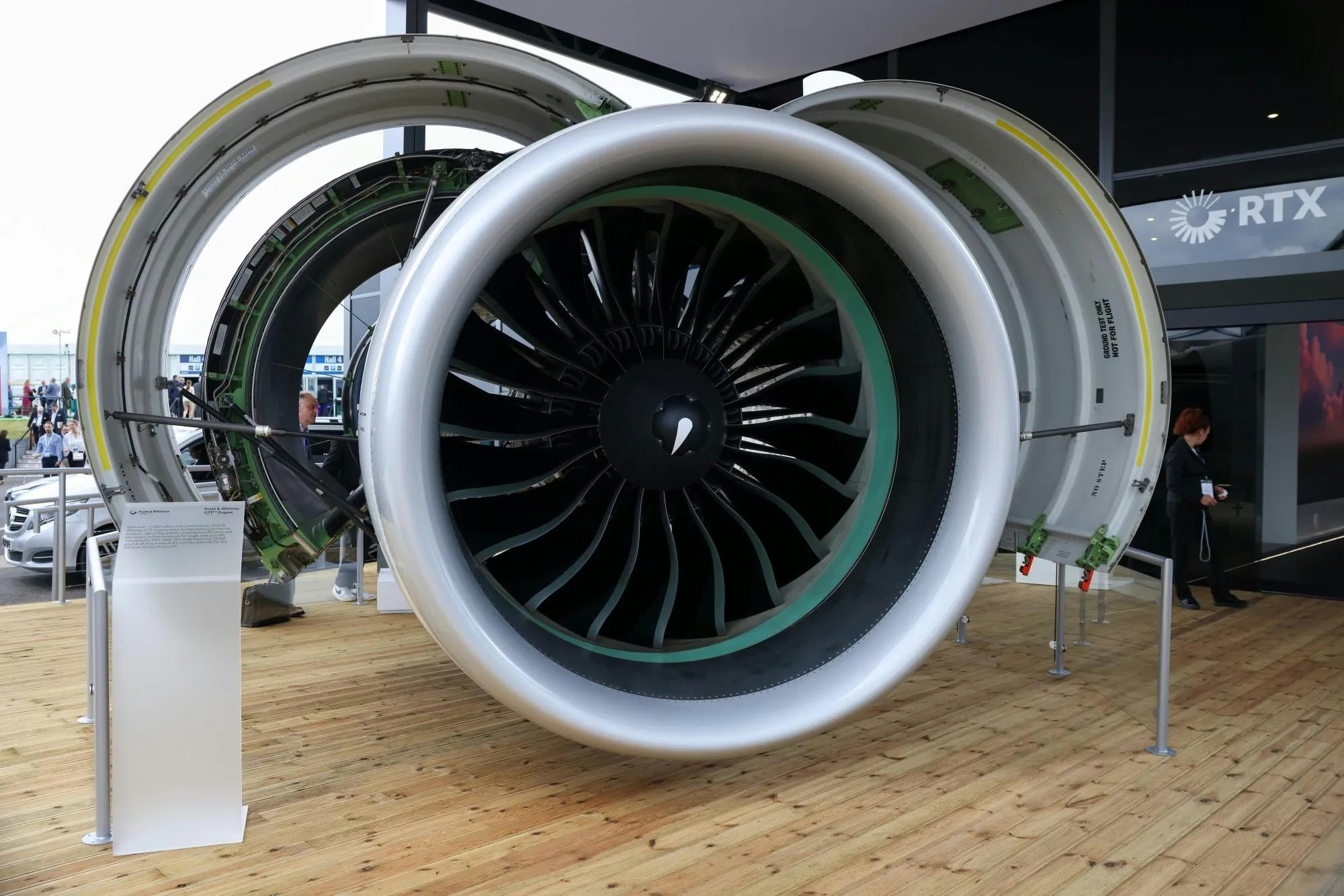
Spirit Signs Agreement with Pratt & Whitney Units on Aircraft Engines
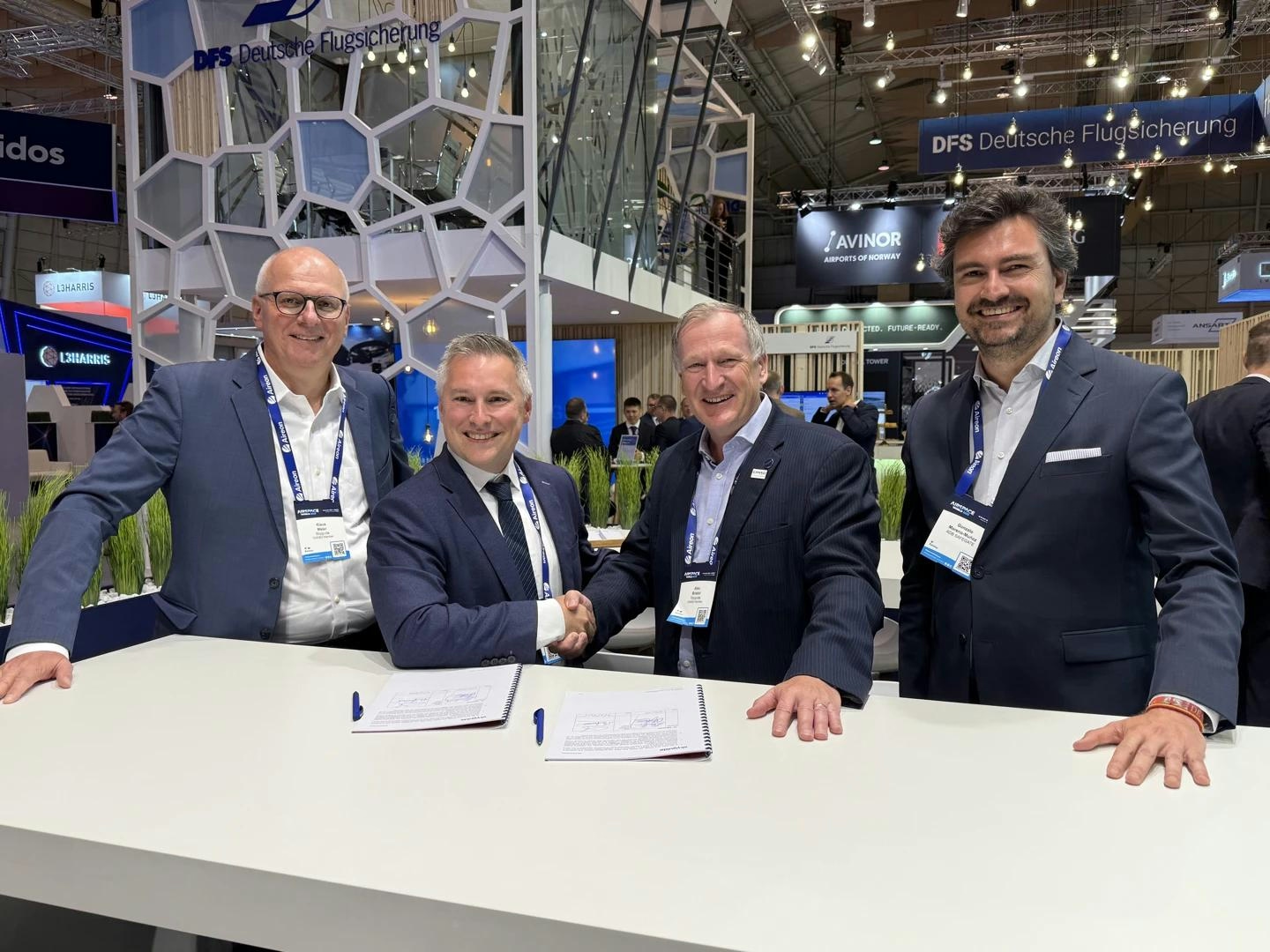
ADB SAFEGATE Receives Industry Awards for Marketing, R&D, and Social Impact

GA Telesis Secures Five-Year Landing Gear Overhaul Agreement with Major U.S. Carrier
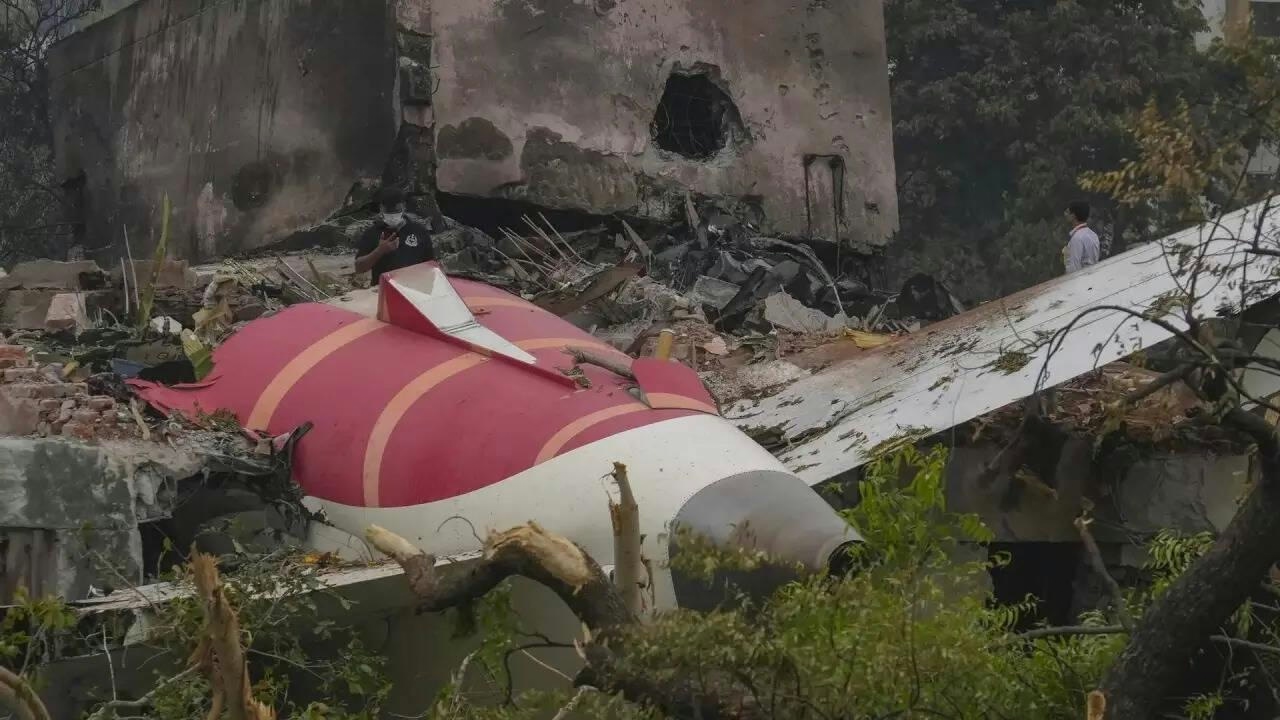
Government Strengthens Aviation Safety Framework Amid AI-171 Investigation
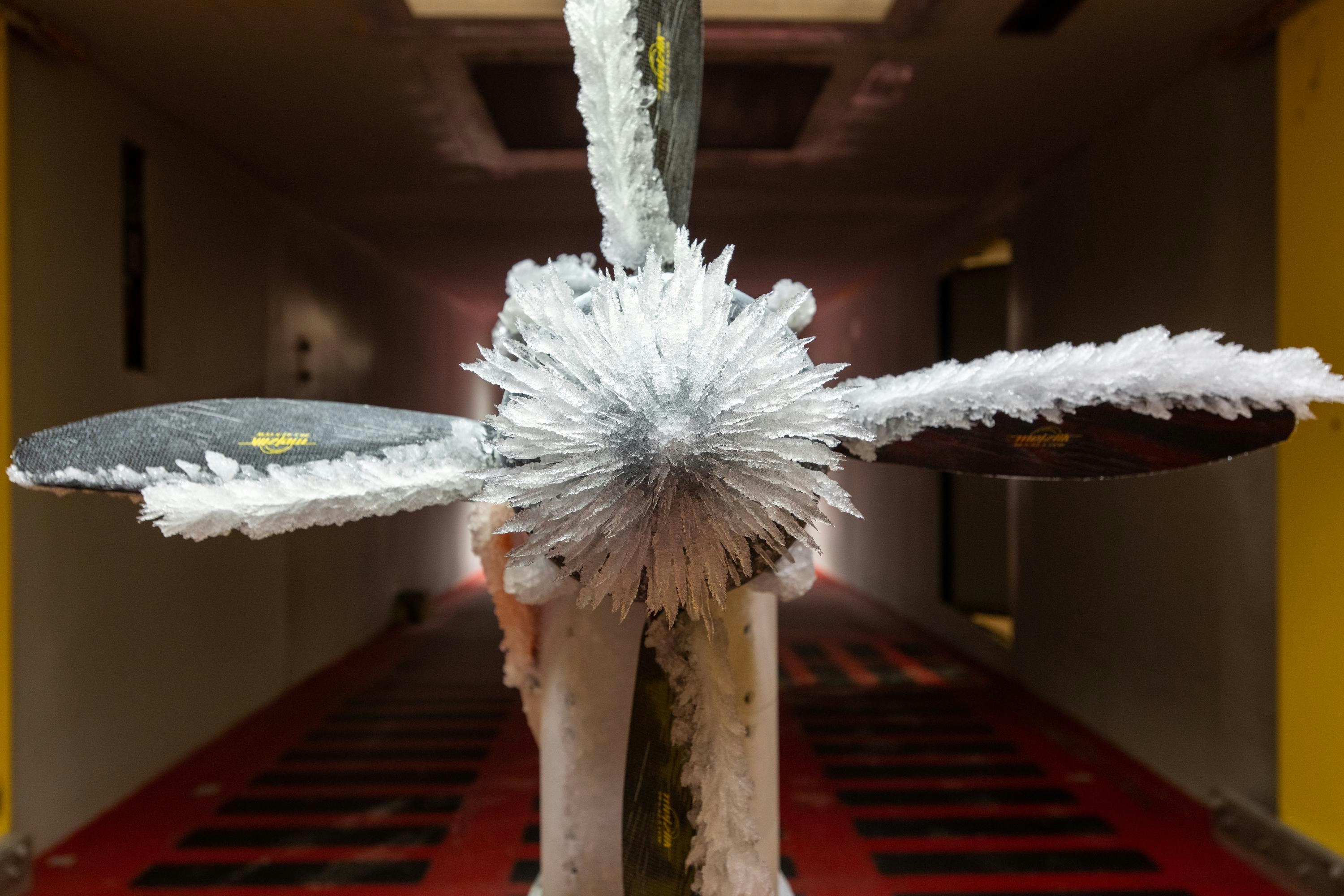
NASA Software Raises Bar for Aircraft Icing Research

Dans and Emirates Aviation University Partner on AI Air Traffic Management Research
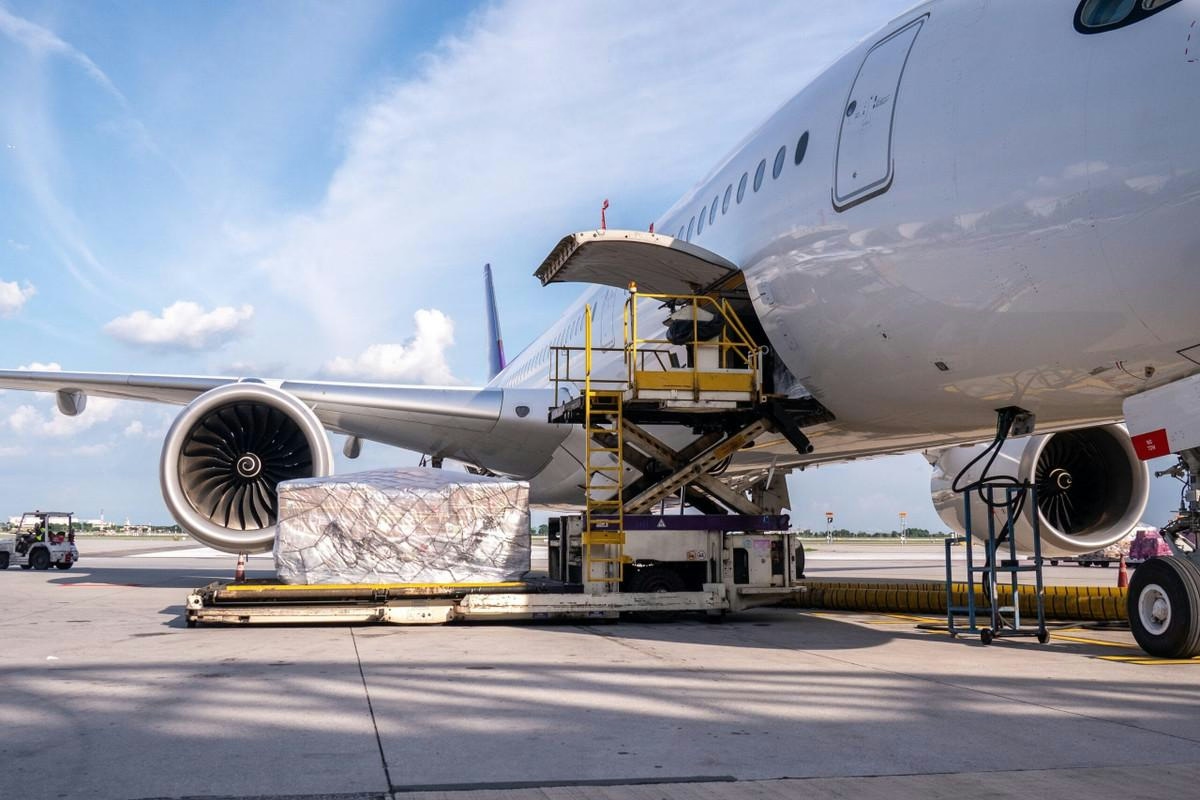
Nigus and AXISCADES to Develop Nigeria’s First Major Aviation MRO Hub
